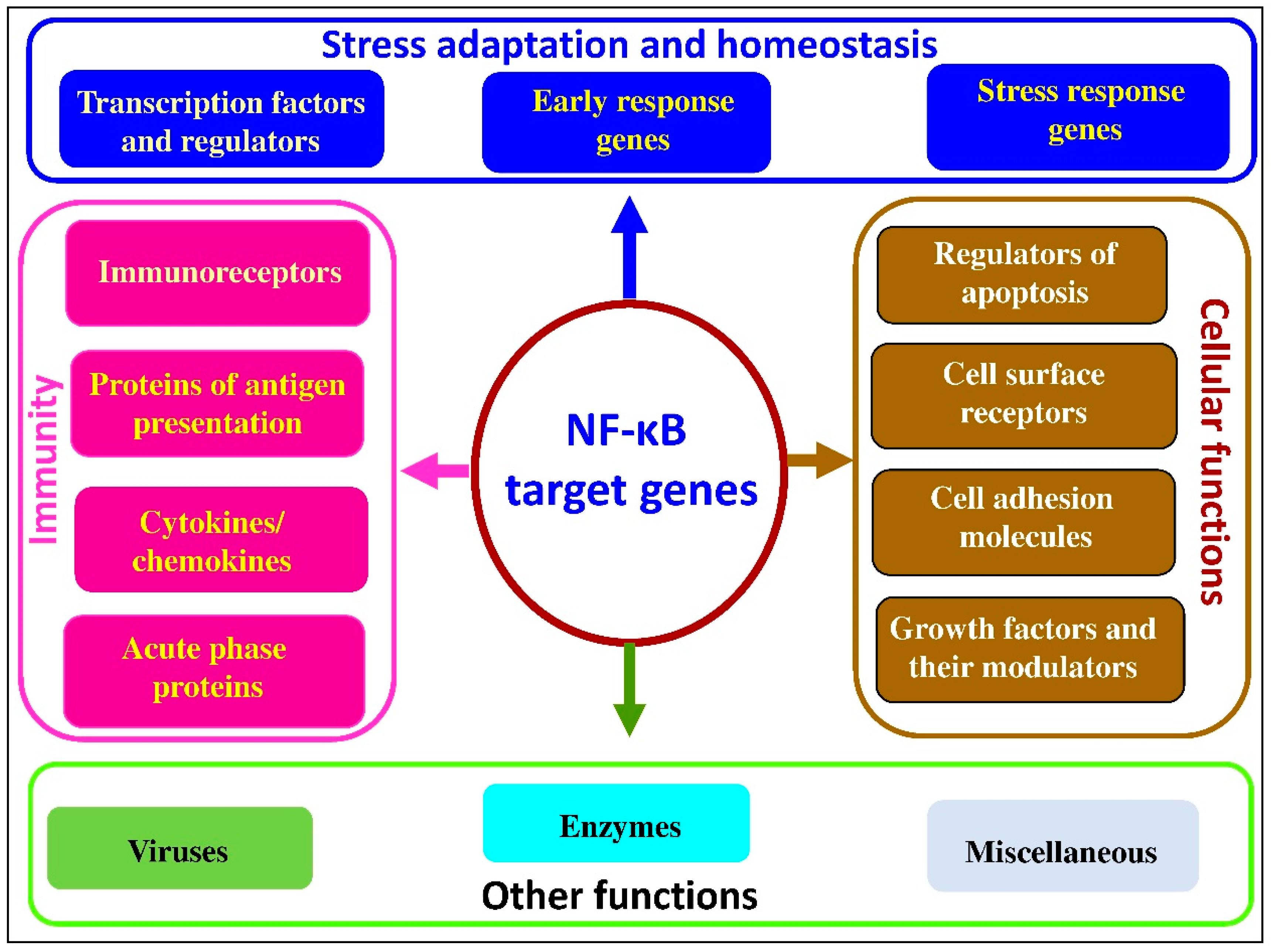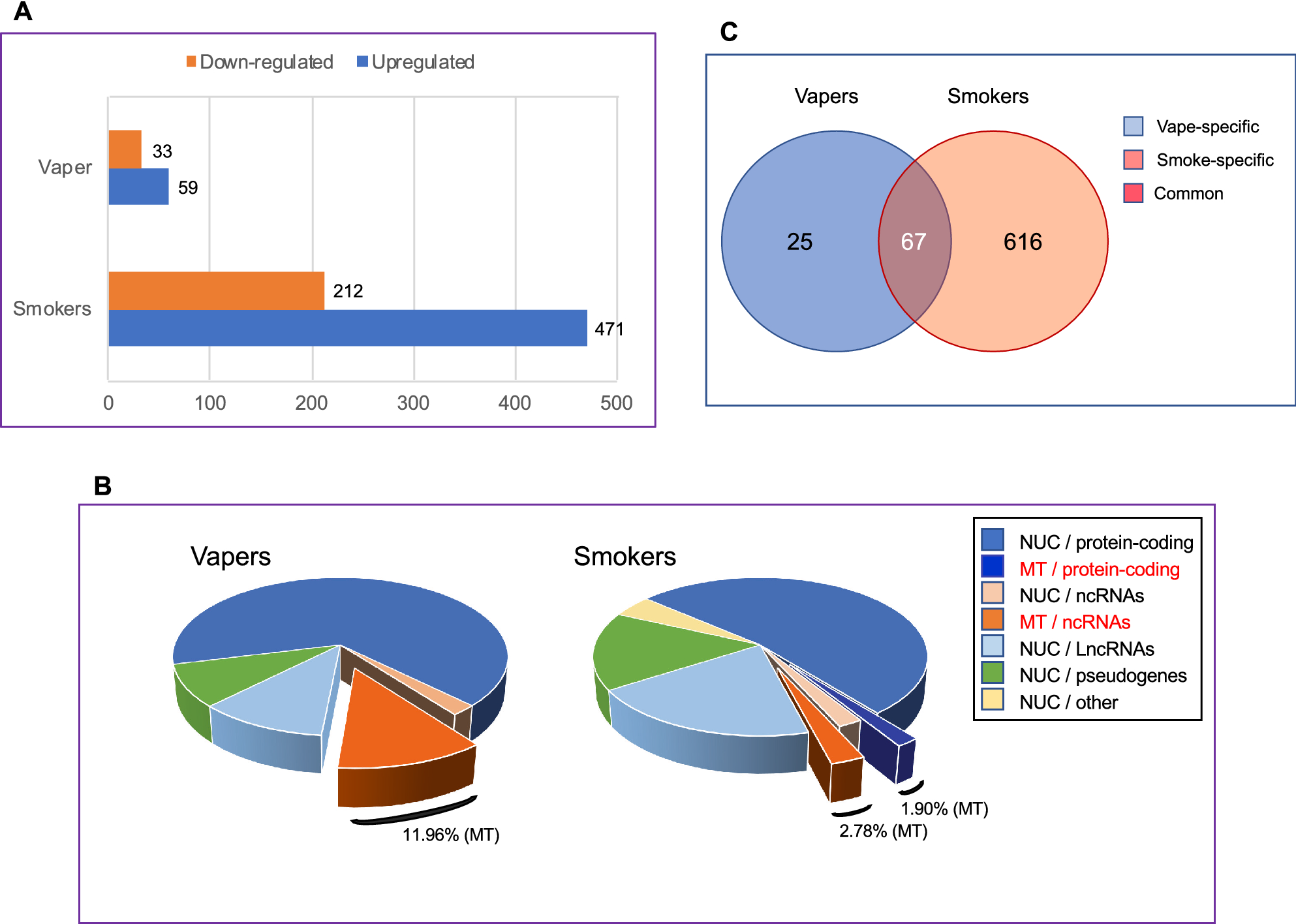


32 Six specific receptor sites are identified on the α subunit with different xenobiotics binding at specific sites: tetrodotoxin, saxitoxin, conotoxin (site 1) veratridine, batrachotoxin, grayanotoxin (site 2) α scorpion toxins, sea anemone toxins (site 3) β-scorpion toxins (site 4) brevetoxins, ciguatoxins (site 5) delta conotoxins (site 6) and local anesthetic and related antidysrhythmic and antiepileptic binding at another receptor site. investigate gene functions in various organisms by us. infiltrates into the ground is a function of soil type, soil moisture. The best characterized of the sodium channels, the SCN5A gene-encoded α channel, is inactivated by xenobiotic interactions between the D III and the D IV domains to physically block the inner mouth of the sodium channel pore. For soil with low moisture content, capillary potential is high and. The single, large α subunit of the sodium channel assembles with regulatory β subunits to form the functional unit of the sodium channel. Each of these domains has the six membrane-spanning regions characteristic of the voltage-gated potassium channel and is structurally similar to an α subunit of the potassium channel ( Fig. The sodium channel gene encodes a single protein that contains four functional domains (D I to D IV). All currently identified voltage-sensitive channels, including the sodium and calcium channels, have structures similar to the potassium channel assembly. Which occupies the outer two-thirds of the cortex and made up of about 85 of the total number, which is smaller and is functioning under normal conditions.

There are two types of nephrons, according to their relative position in the cortex. The voltage-sensitive sodium channels are responsible for the initiation of depolarization of the myocardial membrane. A nephron is the functional unit of the kidney. This chapter will first review the individual ion channels and their currents, and then summarize their contribution and effects on the ECG. These channels are critical for maintenance of the intracellular ion concentrations necessary for action potential development, impulse conduction throughout the heart, and myocyte contraction. Molecular genetic studies have identified the gene coding for the key cardiac ion channels and have elucidated the structural and physiologic relationships that lead to the toxic effects of many xenobiotics. Electrophysiologic studies have identified the functional types of membrane receptors and ion channels. Ion currents flowing through various ion channels are responsible for cardiac function. The electrophysiologic basis of cardiac function and the ECG are complex and are subject to alteration by numerous xenobiotics. The ECG records the sum of the electrical changes occurring within the myocardium. The clinical tool most commonly used to assess cardiac function is the surface electrocardiogram (ECG).


 0 kommentar(er)
0 kommentar(er)
